Speaker: Swarup Bhunia.
http://www.eecs.case.edu/doku.php?id=eecs: home: seminar_series:upcoming_seminars.
Speaker: Swarup Bhunia.
http://www.eecs.case.edu/doku.php?id=eecs: home: seminar_series:upcoming_seminars.

Using a focused laser beam, scientists can manipulate properties of nanomaterials, thus ‘writing’ information onto monolayer materials. By this means, the thinnest light disk at atomic level was demonstrated.
The bottleneck in atomic-scale data storage area may be broken by a simple technique, thanks to recent innovative studies conducted by scientists from Nanjing Normal University (NJNU) and Southeast University (SEU).
Through a simple, efficient and low-cost technique involving the focused laser beam and ozone treatment, the NJNU and SEU research teams, leading by Prof. Hongwei Liu, Prof. Junpeng Lu and Prof. Zhenhua Ni demonstrated that the photoluminescence (PL) emission of WS2 monolayers can be controlled and modified, and consequently, it works as the thinnest light disk with rewritable data storage and encryption capability.
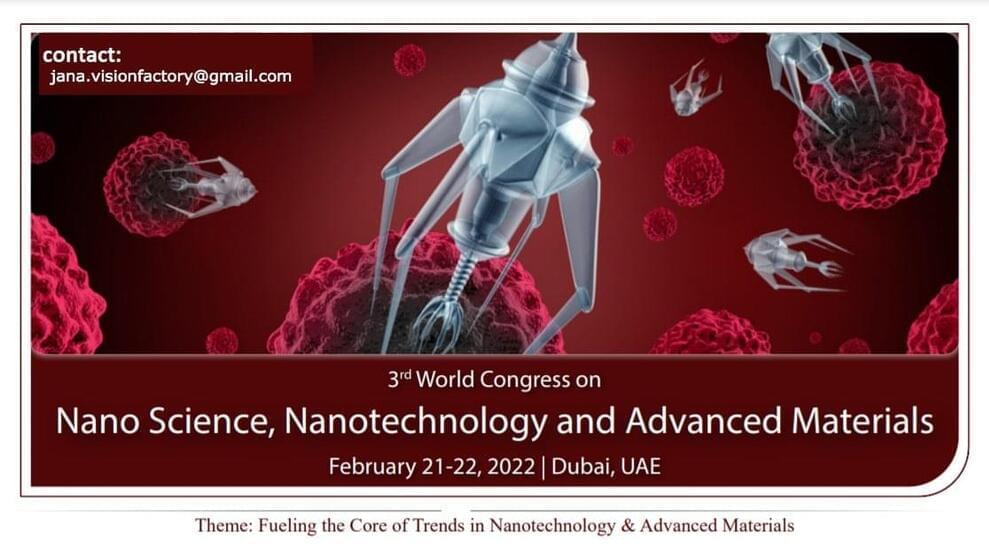
Upcoming International Conference at “3rd World Congress on NanoScience, Nanotechnology & Advanced Materials (WCNSN-2022)”scheduled on February 21–22, 2022 at Dubai, UAE. Which bounded with the theme “Fueling the Core of Trends in Nanotechnology & Advanced Materials”
WCNSN-2022 primary goal is to bring all the experts in Nano-field and proclaim the knowledge, share the innovative ideas among academicians, scholars, industrialists, researchers, developers and students, more over it is great platform to create new contacts with the experts in NanoScience and Nanotechnology field throughout the world.
WCNSN-2022 includes plenary presentations, keynote session, oral talks, posters, exhibitions, workshops, symposium and interactive discussions.
To get a discount, Please use code: VF-PHR2021
If you are interested and want more information do not hesitate to contact me. I’ll be happy to help you.
Have a nice day!
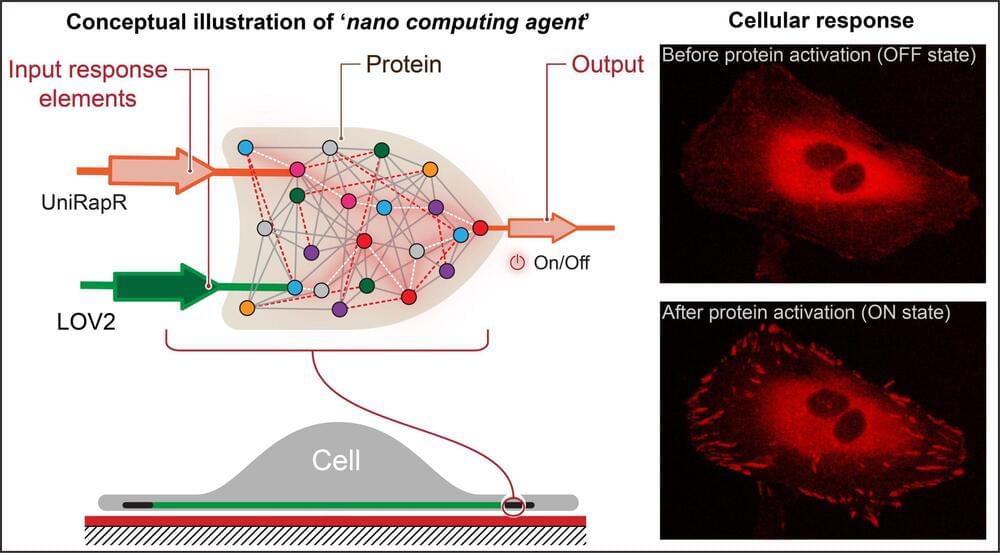
The creation of nanoscale computers for use in precision health care has long been a dream of many scientists and health care providers. Now, for the first time, researchers at Penn State have produced a nanocomputing agent that can control the function of a particular protein that is involved in cell movement and cancer metastasis. The research paves the way for the construction of complex nanoscale computers for the prevention and treatment of cancer and other diseases.
Nikolay Dokholyan, G. Thomas Passananti Professor, Penn State College of Medicine, and his colleagues — including Yashavantha Vishweshwaraiah, postdoctoral scholar in pharmacology, Penn State — created a transistor-like ‘logic gate,’ which is a type of computational operation in which multiple inputs control an output.
“Our logic gate is just the beginning of what you could call cellular computing,” he said, “but it is a major milestone because it demonstrates the ability to embed conditional operations in a protein and control its function, said Dokholyan. ” It will allow us to gain a deeper understanding of human biology and disease and introduces possibilities for the development of precision therapeutics.”
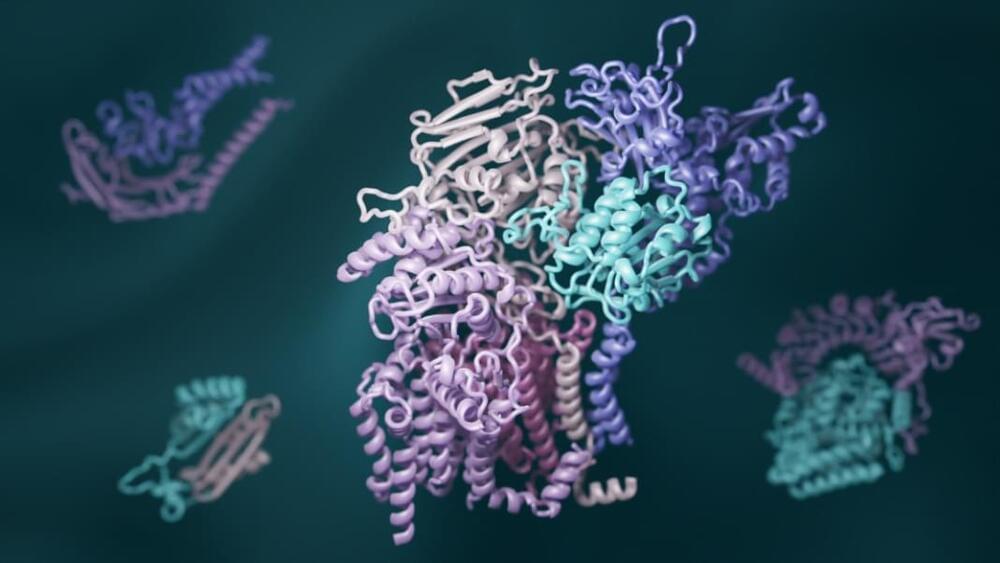
This month, the UW team upped their game.
Tapping into both AlphaFold and RoseTTAFold, they tweaked the programs to predict which proteins are likely to tag-team and sketched up the resulting complexes into a 3D models.
Using AI, the team predicted hundreds of complexes—many of which are entirely new—that regulate DNA repair, govern the cell’s digestive system, and perform other critical biological functions. These under-the-hood insights could impact the next generation of DNA editors and spur new treatments for neurodegenerative disorders or anti-aging therapies.
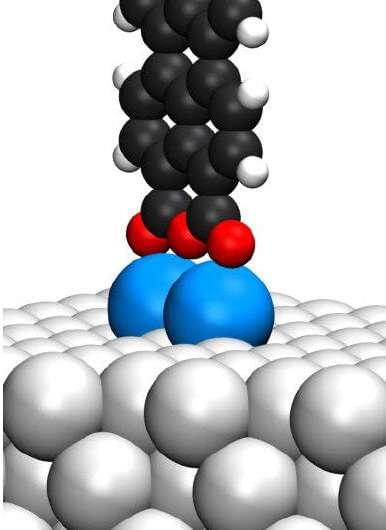
Nanoscale machinery has many uses, including drug delivery, single-atom transistor technology, or memory storage. However, the machinery must be assembled at the nanoscale, which is a considerable challenge for researchers.
For nanotechnology engineers the ultimate goal is to be able to assemble functional machinery part-by-part at the nanoscale. In the macroscopic world, we can simply grab items to assemble them. It is not impossible to “grab” single molecules anymore, but their quantum nature makes their response to manipulation unpredictable, limiting the ability to assemble molecules one by one. This prospect is now a step closer to reality, thanks to an international effort led by the Research Centre Jülich of the Helmholtz society in Germany, including researchers from the Department of Chemistry at the University of Warwick.
In the paper, “The stabilization potential of a standing molecule,” published today, 10 November 2021 in the journal Science Advances, an international team of researchers has been able to reveal the generic stabilization mechanism of a single standing molecule, which can be used in the rational design and construction of three-dimensional molecular devices at surfaces.
From super-strength concrete to fortified infrastructure, this is what the ‘wonder material for the 21st century’ is now bringing to construction. For more by Tomorrow’s Build subscribe now — https://bit.ly/3vOOJ98
Executive Producer and Narrator — Fred Mills.
Producer — Adam Savage.
Video Editing and Graphics — Thomas Canton.
Special thanks to Dr Lisa Scullion and University of Manchester. Additional footage and images courtesy of University of Manchester, Absolute Photography, Gerdau Graphene, Graphene Flagship, HS2 Ltd, ICON Technology, Kansas State University, NASA/Pat Rawlings, Nanotech Energy and Skanska.
Follow us on Twitter — https://twitter.com/TomorrowsBuild/
Like us on Facebook — https://www.facebook.com/TomorrowsBuild/
Follow us on LinkedIn — https://www.linkedin.com/company/TomorrowsBuild/
Follow us on Instagram — https://www.instagram.com/TomorrowsBuild/
#construction #architecture #science.
Tomorrow’s Build is owned and operated by The B1M Limited. We welcome you sharing our content to inspire others, but please be nice and play by our rules: http://www.theb1m.com/guidelines-for-sharing.
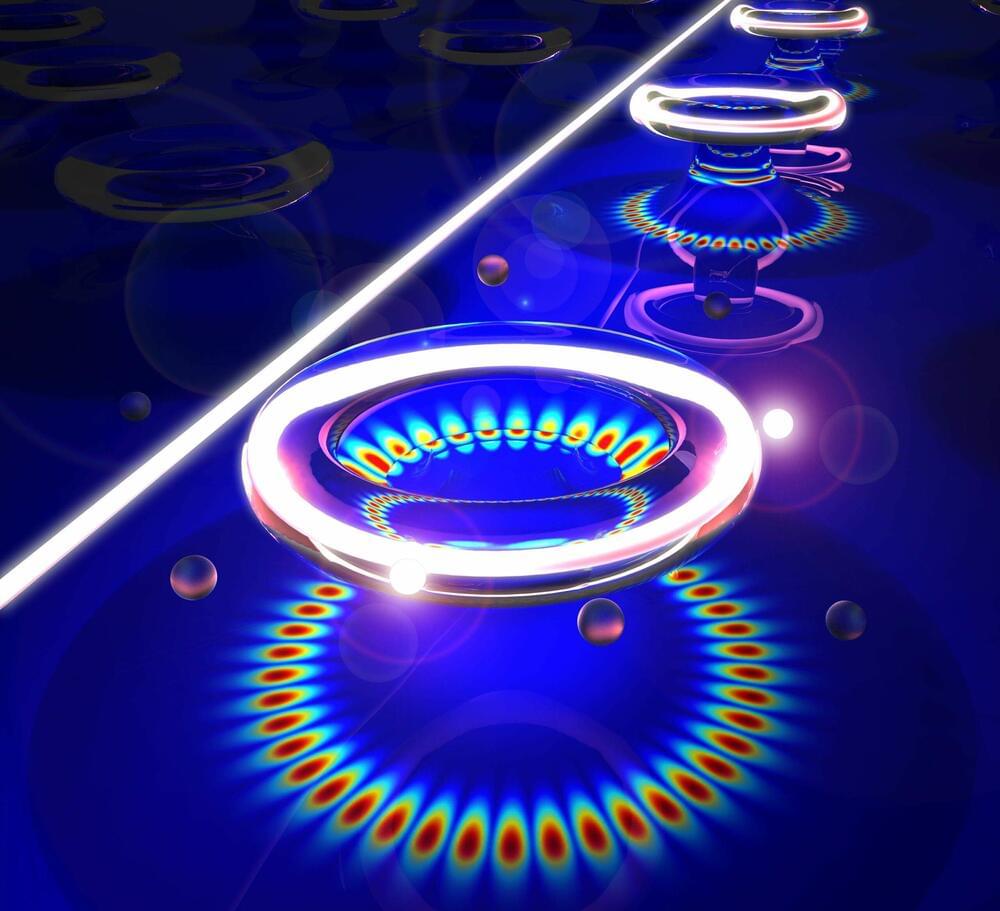
Forget all the nanotechnology devoted to fighting cancer, and just consider that nanoparticles have invaded makeup, anti-odor socks, sunscreen, plastic beer bottles and home pregnancy tests. Now scientists have developed a way to assess the health and environmental impact of such nanoparticles: a tiny microresonator that can detect and measure individual particles smaller than a single virus.
The microresonator is a lab-on-a-chip that harnesses the “whispering gallery” concept that’s displayed by buildings such as St. Paul’s Cathedral in London. The cathedral’s domed gallery can carry whispers easily across to the other side, but normal-volume voices end up garbled after bouncing around the dome multiple times.
Similarly, microresonators can bounce laser light many times around a circular “waveguide,” such as a glass ring. A laser frequency must perfectly fit the circumference of a ring to achieve this whispering-gallery mode.
Elon Musk’s revolutionary company Neuralink plans to insert Computer Chips into peoples brains but what if there’s a safer and even more performant way of merging humans and machines in the future?
Enter DARPAs plan to help the emergence of non-invasive brain computer interfaces which led to the organization Battelle to create a kind of Neural Dust to interface with our brains that might be the first step to having Nanobots inside of the human body in the future.
How will Neuralink deal with that potential rival with this cutting edge technology? Its possibilities in Fulldive Virtual Reality Games, Medical Applications, merging humans with artificial intelligence and its potential to scale all around the world are enormous.
If you enjoyed this video, please consider rating this video and subscribing to our channel for more frequent uploads. Thank you! smile
–
#neuralink #ai #elonmusk.
–
Credits:
https://www.youtube.com/watch?v=PhzDIABahyc.
https://www.bensound.com/
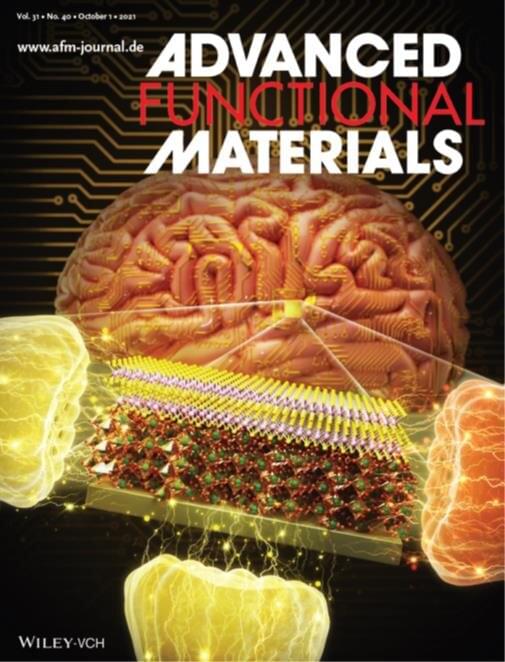
Researchers in Korea succeeded in developing a core material for the next-generation neuromorphic (neural network imitation) semiconductor for the first time in the country. This is a result of a research team led by Dr. Jung-dae Kwon and Yong-hun Kim of the Department of Energy and Electronic Materials of the Korea Institute of Materials Science, together with Professor Byungjin Cho’s research team at Chungbuk National University. KIMS is a government-funded research institute under the Ministry of Science and ICT.
This new concept memtransistor uses a two-dimensional nanomaterial with a thickness of several nanometers. By reproducibly imitating the electrical plasticity of nerve synapses with more than 1,000 electrical stimulations, the researchers succeeded in obtaining a high pattern recognition rate of about 94.2% (98% of simulation-based pattern recognition rate).
Molybdenum sulfur (MoS2), widely used as a semiconductor material, works on the principle that defects in a single crystal are moved by an external electric field, which makes it difficult to precisely control the concentration or shape of the defect. To solve the problem, the research team sequentially stacked an oxidic layer of niobium oxide (Nb2O5) and a molybdenum sulfur material and succeeded in developing an artificial synaptic device having a memtransistor structure with high electrical reliability by an external electric field. In addition, they have demonstrated that the resistance switching characteristics can be freely controlled by changing the thickness of the niobium oxidic layer, and that brain information related to memory and forgetting can be processed with a very low energy of 10 PJ (picojoule).